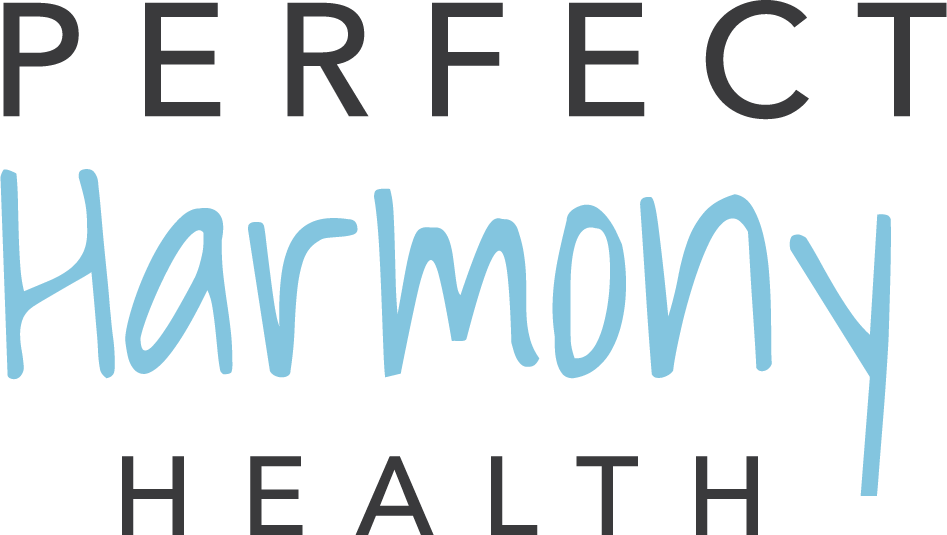Enhancing Gross Motor Movement for Individuals with Cerebral Palsy
Cerebral Palsy (CP) affects movement, coordination, and muscle tone, often making physical activities challenging. However, one powerful tool that has proven to be both therapeutic and enjoyable for individuals with CP is music. During Cerebral Palsy Awareness Month, let’s take a look at an intervention using music that supports gross motor movement and overall well-being.
Music has a unique way of stimulating the brain and body simultaneously. The rhythm and melody provide a natural cue for movement, helping individuals with CP improve their coordination and muscle control. One effective technique used in Neurologic Music Therapy (NMT)® is Patterned Sensory Enhancement (PSE)®. This method utilizes the melodic elements of music to guide and structure movement.
When using Patterned Sensory Enhancement (PSE)®, the Neurologic Music Therapy (NMT)® will use a melodic line to mimick the desired movement. This technique can be used with a variety of populations, including stroke, traumatic brain injury, and other motor-debilitating disabilities. Examples of using PSE may be sitting-to-standing, walking, daily living skills (like dressing), and more.
In this blog, you will see a version of PSE done with a young adult, working on reaching downwards and upwards. The NMT created a descending scale to encourage downward movement and an ascending scale for upward reaching. The scale runs 2 octaves at 60bpm, which was determined from the client’s baseline and encourages timing with his written treatment plan. With the tempo set at 60bpm, this allows the therapist to easily take accurate data based on seconds it took him to complete the task. The scale is sustained in order to support smooth movements.
Typically, it is recommended to use live music to be able to adapt in moment quickly to the needs of the client. In this instance, the therapist used a pre-recorded scale on GarageBand since the client’s armrest had been removed and the therapist needed to be readily available for safety purposes. Always consult a parent/guardian and, if available, a client’s physical therapist, before attempting large movement-based interventions.
As the client progresses in his skills, the therapist will change the intervention to support his new skills such as increasing tempo, updating scale length, etc. If the client needs more support, the therapist may adapt to add subdivision or more tension (like a V7 chord) within the scale to encourage resolution and tightening of the muscles.
As we celebrate Cerebral Palsy Awareness Month, it's important to recognize the power of music in promoting movement, independence, and joy for individuals with CP. Techniques like Patterned Sensory Enhancement (PSE)® demonstrate how music can be both a motivating and functional tool for enhancing motor skills. By integrating Neurologic Music Therapy (NMT)®, individuals with CP can experience greater success in their physical goals while also enjoying the emotional and cognitive benefits that music provides.
Let’s continue to support and explore innovative ways that music can help individuals of all abilities thrive!

